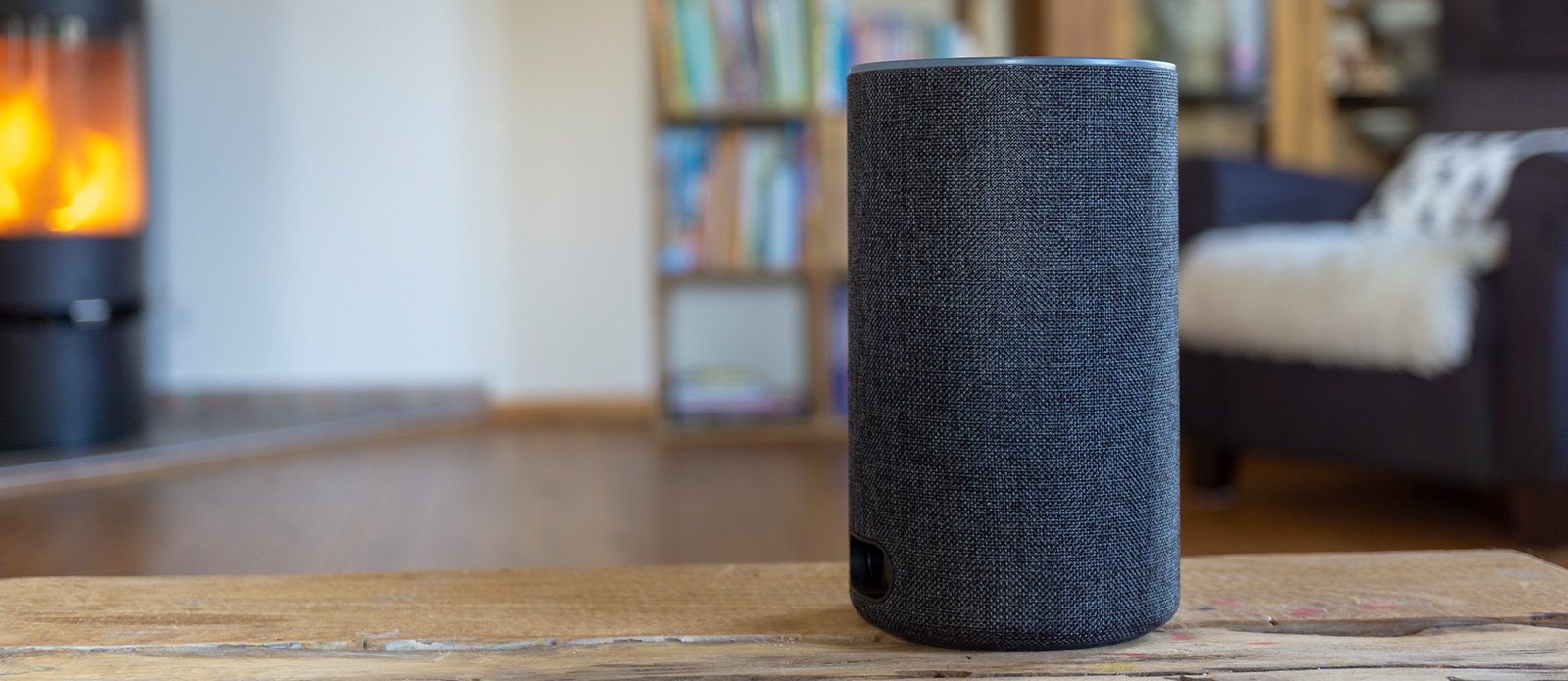As of late, I’ve been thinking a lot about branding and advertising in the context of the voice age, and the question that keeps coming up is, what do brands "sound like," in this new voice age?
Think it’s too soon to be talking about it? Smart speaker sales grew from nearly 5 million users in Q4 of 2016 to almost 20 million in Q4 of 2017. DELOITTE Global predicts that the industry for smart speakers will be worth $7 billion (US) in 2019. It’s clear that voice assistants like Amazon Echo and Google Home are growing in popularity and the technology is improving on a weekly basis.
Branding for Voice Search
In a recent podcast, Chris Messina (the guy who invented the hashtag) had this to say:
“Voice assistants aren’t reliable in all places, but they are trending towards ubiquity. There’s a recognition that brands need to think of themselves as conversational brands that exist in lots of different places. The more available and accessible a brand is at a moments notice – and in a format that your customer uses the most – the more successful you’ll be. Brands also need to be bidirectional. First, you need to have context and personalization available on all channels, and second, you need to have interface support that is appropriate for all channels.”
There’s a lot to unpack here, but at a high-level Messina is suggesting that brands need to plan and build for as many platforms as possible. This type of strategic planning doesn’t necessarily mean developing intricate ‘apps’ for the Echo or Home, although if the expertise and budget are available, it's worth considering.
Planning for the new voice age could be as simple as optimizing your Google My Business listing, so your businesses info has a better chance of being listed when users asked Google Home for suggestions.
Brand Disintermediation
Not only should they build for multiple platforms, but they should also take into account brand disintermediation. What is that, you ask? In their book Human + Machine, Paul Daugherty and H. James Wilson explain it this way:
“In 2014, Amazon added a new mode of customer services: an AI-enabled, voice-activated, Wi-Fi connected, in-home speaker, called Echo. Suddenly, Amazon had ears. And suddenly, Amazon customers were speaking directly to the company, refreshing orders of paper towels and asking the AI bot Alexa to play music or read from a Kindle ebook. As technology has evolved, Alexa has become increasingly capable of orchestrating a number of iterations on behalf of outside companies. In the past, companies like Domino’s, Capital One, and Delta owned the entire customer experience, but now with Alexa, Amazon owns part of the information exchange as well as the fundamental interface between the companies and the customer, and it can use that data to improve its own services. Brand disintermediation had taken hold.”
It’s still relatively early, but companies need to begin thinking about how their brands are communicated through channels and experiences that they don’t own.
How will your brand be communicated in this new era of technology?
We love thinking about how brand development and strategy helps businesses grow. Connect with us if you need help developing your brand platform, or improving the brand experience for your customers.











